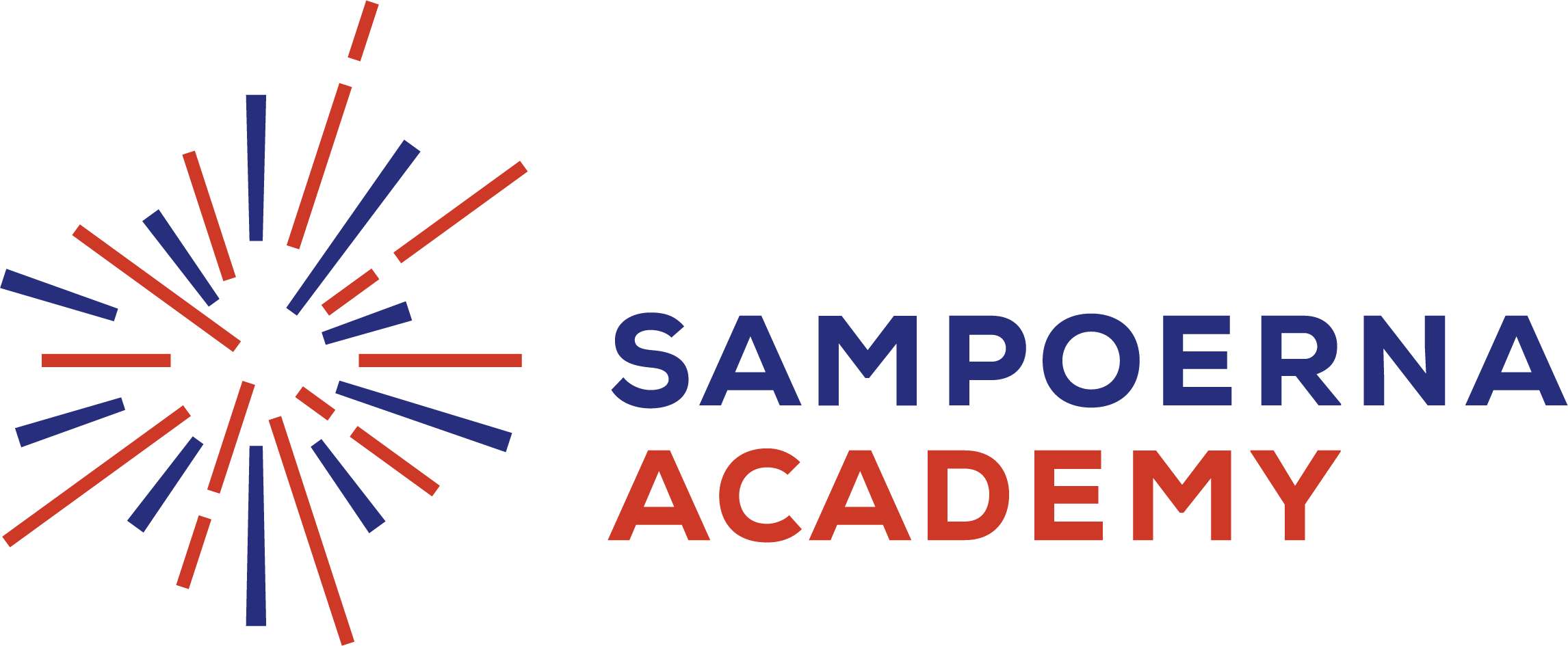The child’s reading ability is an essential skill that develops and expands over time, opening up a world of knowledge, imagination, and communication. A child typically begins by recognizing letters, sounds, and simple words in the early stages.
They may rely on phonics to decode unfamiliar words, gradually building their vocabulary and comprehension skills. Their reading fluency improves as they progress, allowing them to read with incredible speed and accuracy.
A proficient reader demonstrates a deep understanding of the text, effortlessly navigating complex sentence structures and grasping the subtleties of language. They can extract information, make inferences, and analyze the text’s more profound meaning. Additionally, a skilled reader exhibits critical thinking skills, questioning the author’s intent, evaluating different perspectives, and forming opinions based on evidence.
Reading ability also encompasses the child’s capacity to engage with various genres, such as fiction, non-fiction, poetry, and plays, which broadens their horizons and nurtures creativity. A strong reading ability equips a child with the tools to explore the vast realms of literature, expand their knowledge base, and become effective communicators and lifelong learners.
Improve Reading Ability for Children
Improving reading ability in children involves a combination of practical strategies, consistent practice, and a supportive environment. Here are some tips to help enhance a child’s reading skills:
1. Phonics instruction
Phonics instruction plays a vital role in developing reading ability in children. This method involves teaching the relationship between letters and sounds, enabling children to decode and encode words. Use phonics-based activities, games, and resources to reinforce letter-sound relationships.
This method is most effective when it is systematic, explicit, and taught in a cumulative and scaffolded manner.
2. Sight words
Introduce common sight words (high-frequency words that appear frequently in texts) to improve reading speed and automaticity. Combining sight word instruction with phonics instruction and reading practice creates a well-rounded approach to support children’s literacy development. Practice these words through flashcards, word games, or interactive activities.
3. Use engaging and varied reading materials
Offering diverse reading materials, including fiction, non-fiction, poetry, and magazines, caters to different interests and sparks curiosity. When children are excited about reading, they are more motivated to engage with the text and develop a love for reading.
Regularly updating and diversifying the reading materials available to children is crucial. Access to libraries, online resources, and age-appropriate materials ensures a constant supply of engaging and varied reading materials that support their reading growth and development.
4. Reading comprehension strategies
Teach children comprehension strategies like predicting, questioning, summarizing, and making connections. Encourage children to connect their prior knowledge and experiences to the text. This helps them connect, engage with the content, and build a foundation for understanding.
By explicitly teaching and modeling these comprehension strategies, children can become more proficient readers who approach texts critically, actively engage with the content, and derive deeper meaning from their reading experiences.
5. Encourage independent reading
Support independent reading by providing books at the appropriate reading level and letting the child choose their reading materials. This fosters a sense of ownership and enjoyment in reading. Independent reading should be a joyful and self-directed experience.
Encourage children to read at their own pace, explore their interests, and embrace the pleasure and benefits of diving into a good book. Patience and consistency are key when helping children improve their reading ability. Provide a supportive and encouraging environment, and celebrate their progress.
Sampoerna Academy Medan
Sampoerna Academy’s’ philosophy encourages students to inquire, explore, innovate, and communicate, providing vital skills required for leadership in Indonesia and abroad.
Coupled with internationally-recognized academic credentials, we are equipping our students to compete and succeed at every stage of life. With the advent of the information age available at our fingertips, our job as a school is to teach our students “to learn how to learn.”
Sampoerna Academy Medan is a reputable educational institution that focuses on providing quality education to its students. Several strategies can be employed when it comes to enhancing reading ability at Sampoerna Academy Medan.
These may include a balanced literacy approach that combines phonics instruction, sight word recognition, vocabulary development, reading comprehension strategies, and extensive reading opportunities.
Teachers can use research-based instructional methods, such as guided reading sessions, shared reading experiences, and interactive read-aloud, to support students’ reading development.
Additionally, Sampoerna Academy Medan can create a print-rich environment with well-stocked libraries, access to various genres, and opportunities for independent reading. Ongoing assessment and progress monitoring can help identify individual needs and provide targeted student support.
Collaboration between teachers, parents, and students is crucial in fostering a positive reading culture and encouraging a love for reading at Sampoerna Academy Medan.
Our outstanding facilities include purpose-built technology-integrated classrooms to support our personalized, STEAM–based learning method. Our schools provide play areas and gyms; some can access larger playing fields and swimming pools through rental agreements. Contact us anytime; fill out the form easily here. Our Recruitment Team will contact you soon to provide more detailed information.
Download Sampoerna Academy Booklet for Free!






